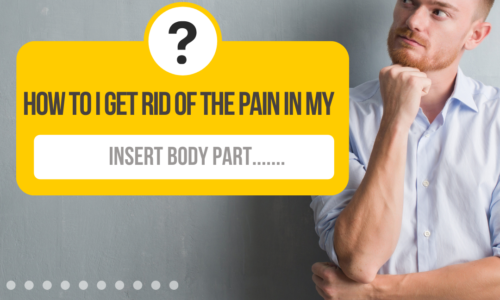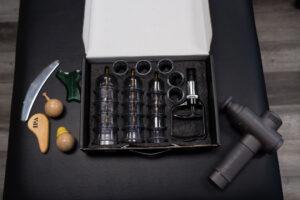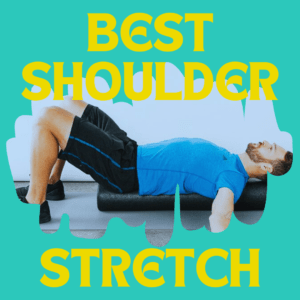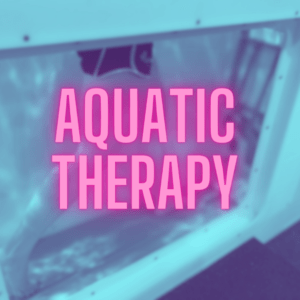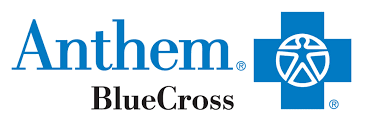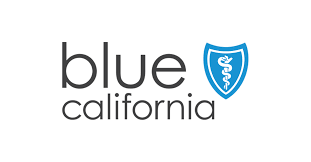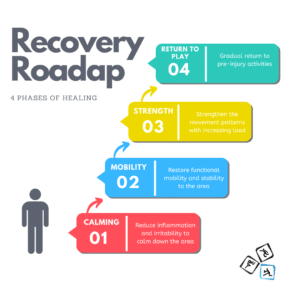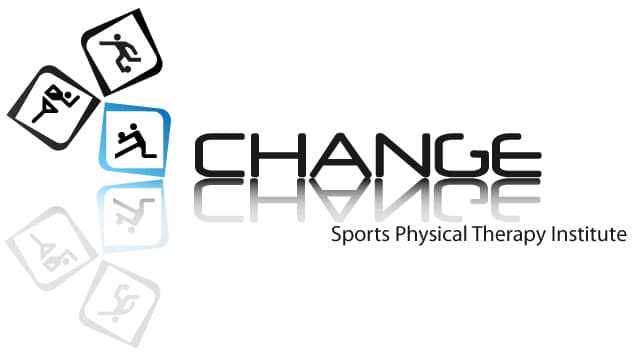This is often the main question people are searching for an answer for when they come to physical therapy. How do I recover from this pain? Most people obviously want a quick and easy thing that they can do to get rid of the pain and move on with life. Sometimes, this is possible! However, most of the time there is a process that our bodies need to go through in order to recover. The great news is however, the process is a simple one. In physical therapy, as with other healthcare fields, we can easily over complicate things. In an effort to find the next best technique, technology or exercise, we can sometimes forget the basics of healing in the body.
Our Bodies Are Designed to Heal
The fact of the matter is that our bodies are designed to heal. That is how they were made. Our job as physical therapists is to come alongside the healing process and help it along. As physical therapists we don’t have medicine or surgical tools at our disposal, and this is to our advantage. Our job is to create an environment for the body to heal itself. It is beautiful to see when this works well.
So how does our body heal?
Our bodies want to follow a natural progression for healing. Our job is to create the environment for this to happen. The Recovery Roadmap that we use here at Change Sports Physical Therapy Institute in Huntington Beach, CA is a path that follows the body’s natural healing. The following are the four phases of healing in the recovery roadmap. Follow these, and your body will love you for it.
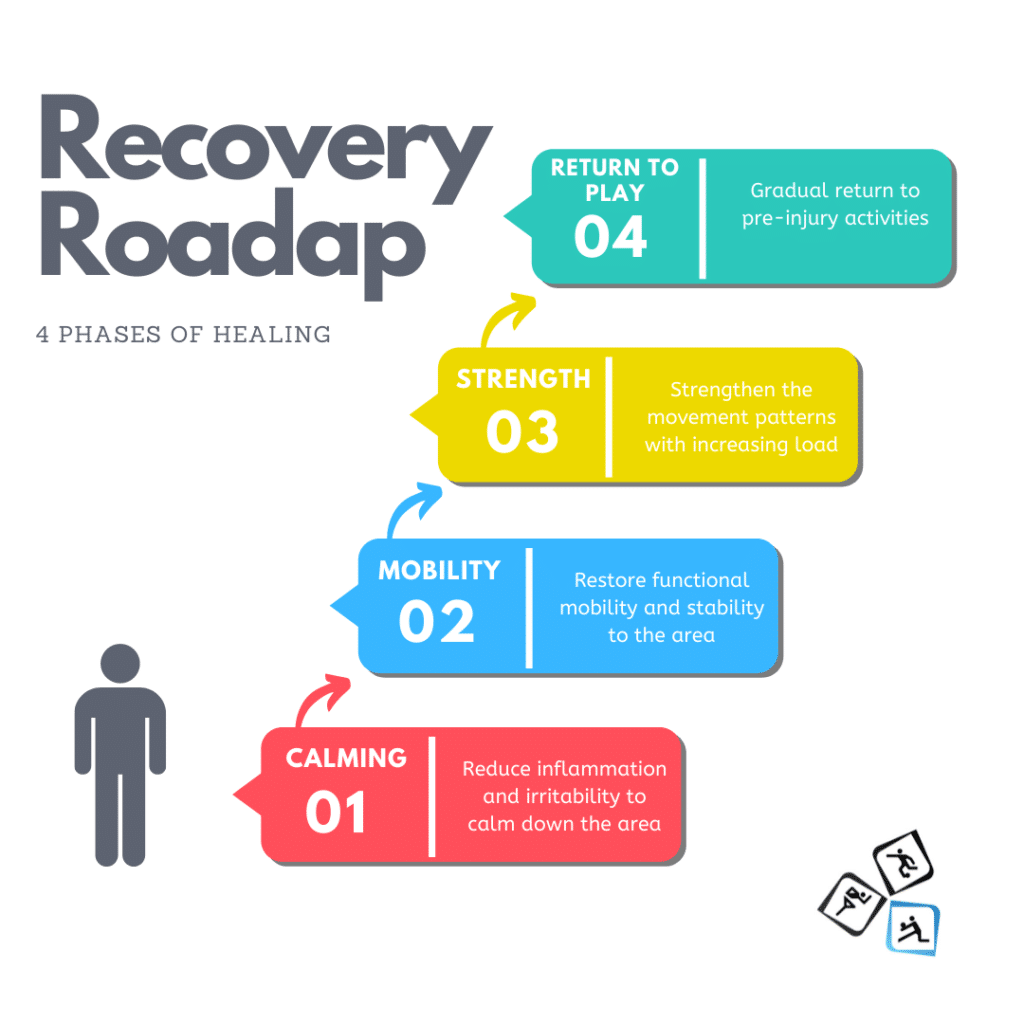
Calming Phase
In this phase of healing our main job is to calm things down. This involves resting, getting rid of swelling, stopping further injury, releasing spams, etc. There was an injury and we simply need to stop the stress to the area and calm things down. The types of things we can do in physical therapy in this phase are: ice, electrical stimulation, taping and stabilization, gentle manual therapy, gentle range of motion exercises (for the purpose of calming, not necessarily for the purpose of gaining motion), PNF techniques to calm the nervous system, modified activity and rest. How do we know we have moved past the calming phase? In our clinic in Huntington Beach, CA we use these markers:
- No pain at rest
- Minimal or no swelling
- No muscle spasms
Mobility Phase
Now that the body has calmed down a little, our next job is to get it moving again. The key here is to move it in a pain free range. The saying, “No pain, no gain” does not apply to this phase of healing. It might be true once we get into some strengthening or return to play, but if you blow past your pain signals in this phase, you will just end up back in the calming phase. This phase is usually the longest phase that people are in while in the clinic. Our main goal is to restore normal movement pain free. This may only be for one repetition of a movement, but pain free none the less. In this phase the types of things we can do in physical therapy include: more aggressive range of motion exercises for the purpose of gaining motion, neuromuscular re-education to train the nervous system how to move properly, manual therapy techniques to release restrictions and improve mobility, sefl soft tissue mobilization, stabilization exercises to give a foundation for proper movement, and much more.
How do we know we have moved past the mobility phase?
- Able to complete one repetition of full active range of motion in the body part pain free
- One repetition of a functional movement pattern, like a lunge
Strengthening Phase
This is the phase where we now build upon the solid foundations already established. If we would have tried to skip to this step before calming or mobility we would be building strength on top of a faulty foundation. We need the body calmed down and moving properly before we can begin strengthening. Strengthening in this phase might look like: power, endurance, resistance, speed, agility, plyometrics, etc. We want to continue to strengthen the core and foundational areas of the body as we progress through more elaborate strengthening. This phase can be fun, because we can start to really get creative on different ways to strengthen the body in the functional movement patterns that are required for the patient’s goals.
How do we move past the strengthening phase?
- Able to complete a functional strength test which simulates their desired return to play activity pain free
Return To Play
Finally, the phase everyone has been waiting for! While we are eager to get back to doing what we did before, it is very important to ease back into activities. If we go from, “I’m OK in the clinic”, to “Let’s go play a full game of my sport”, we will likely see injury. The return to play phase is where we gradually start integrating back into the sport or activity. As a rule of thumb we should increase at a pace of 10-25% per week. This means that the intensity (ie. duration, mileage, effort, etc) should only increase at a max of 25% per week. If we push it past this too quickly we increase our chances of relapse.
If you are returning to a team sport here is the progression we advise:
- Skills training individually- no team, no coach
- Return to non-contact team practice (Warm ups, drills, etc)
- Return to full-contact, live ball practices
- Return to full competition
So there it is! The recovery roadmap that your body wants to walk down in order to heal. The path is simple, but getting through it can get complicated at times. Knowing how to move from one phase to the next and when to move on takes some expertise and trial and error. Sometimes you need a guide to help you through the recovery roadmap. This is where we come in! If you need help getting past pain and back to doing what you love we are here to help.
Listen as Matt Swift, PT, DPT explains the process

